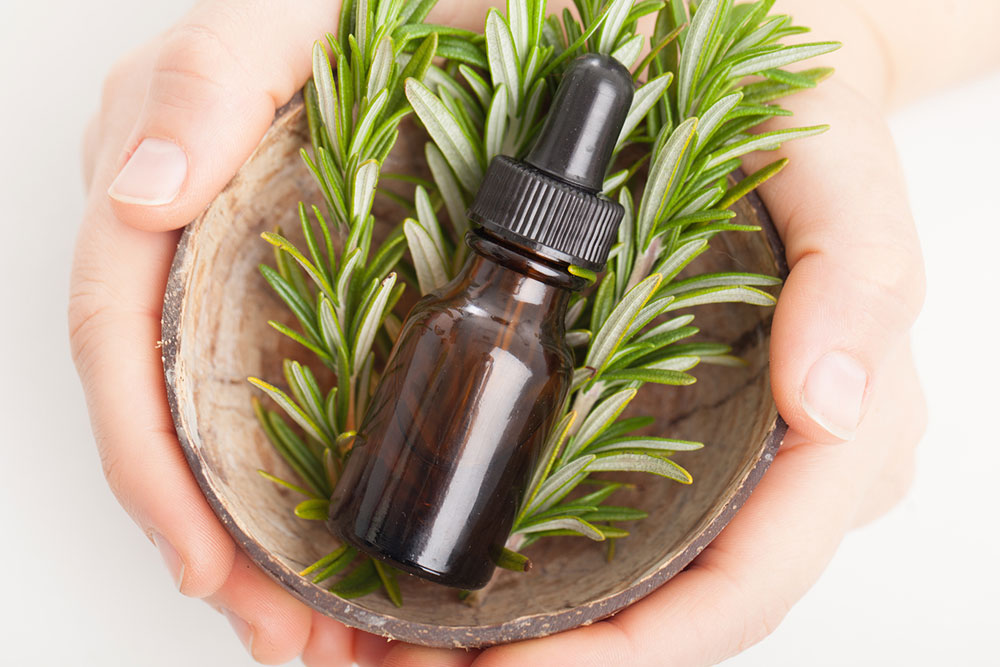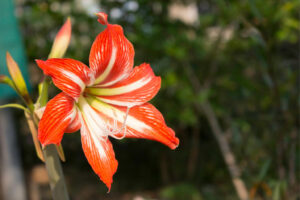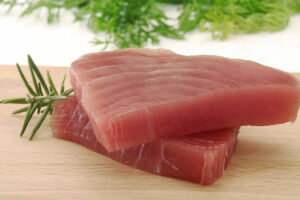8 fragrant plants that repel ticks

Tick infestation is a grave concern that endangers humans and their furry companions. A single tick in one’s home could signal the beginning of a severe infestation. While commercial sprays and chemicals effectively keep ticks at bay and prevent an infestation, natural and eco-friendly alternatives exist. One of the most efficient natural solutions is cultivating specific fragrant plants that naturally repel these pests. Here are some that stand out as effective tick repellents.
Lavender
Lavender is a plant that is aesthetically pleasing and has a sweet, soothing fragrance. However, ticks do not particularly love this fragrance, which keeps them away, as the scent of lavender is a natural repellent. One can grow lavender in their garden or indoors in a pot. While lavender thrives in hot and dry climates, it can grow in slightly low temperatures. Along with cultivating lavender plants, one can also use lavender essential oil for repelling ticks.
Mint
Mint is an herb widely loved for its fragrance and aroma. Owing to its strong aroma, it is popularly used as a flavoring agent in foods and beverages and for making essential oils. However, ticks despise this strong scent and prefer staying away. Mint is relatively easy to grow in pots and open gardens. If planting it in an open garden, it is better to grow it in areas with partial shade or full sunlight.
Pennyroyal
For those looking for a natural way to repel ticks and mosquitoes, one might want to consider Pennyroyal, a member of the mint family. This plant emits a refreshing, minty scent that ticks and mosquitoes cannot stand, making it an excellent choice for outdoor enthusiasts who want to avoid these pesky insects. Pennyroyal is also incredibly easy to grow, making it an ideal choice for novice gardeners. Whether one plants it in the garden or indoors in pots, Pennyroyal will grow rapidly and provide a steady supply of natural insect repellent.
Garlic
When it comes to cooking, garlic is a staple ingredient in most kitchens. Its robust flavor, pungent aroma, and versatility make it a go-to spice for many home cooks. But did you know that garlic also offers numerous health benefits? One of them is its effectiveness in repelling ticks. Garlic contains powerful compounds that produce a strong scent that ticks loathe.
Moreover, when humans consume garlic, it alters their body odor, which ticks abhor, keeping them at bay. Hence, growing garlic in outdoor spaces can also aid in tick prevention. To grow garlic, one can plant cloves in well-drained soil during the fall season and enjoy its many benefits.
Rosemary
Rosemary contains aromatic oils that are effective in repelling ticks. The scent of that plant creates an unwelcoming environment for ticks, which keeps them away. So, planting rosemary in the garden or outside the living area can contribute to a tick-repelling environment. Moreover, rosemary also makes the garden aesthetically pleasing. Rosemary is adaptable to various climates but flourishes in hot and dry weather conditions.
Lemongrass
Lemongrass, which is loved for its refreshing flavor, is a versatile ingredient in various foods and beverages, from teas and soups to curries. It also has various health benefits for humans. Along with that, lemongrass is effective in repelling ticks. Due to its citrusy fragrance and its citronella content, it keeps away insects and ticks. One can plant lemongrass in well-drained soil with ample sunlight, as it thrives in warm and tropical climates. One can also plant them in pots so they can keep them indoors during colder seasons.
Sage
Sage is renowned for its robust scent, a natural deterrent against ticks. The strong smell of sage keeps ticks away, as they cannot stand it. To cultivate sage effectively, one must choose well-drained soil and an area with ample sunlight. Sage flourishes in moderate weather, especially during spring and early fall.
Catnip
Catnip is a plant in the mint family known for its strong fragrance, which effectively keeps ticks at bay. The plant’s oil has been found to ward off ticks and mites. Some studies even indicate that catnip oils repel house flies. So, those thinking of planting catnip in the garden must ensure the soil is well-drained, and the area gets plenty of sunlight. These plants thrive in moderate temperatures and may not do well in extremely hot or humid conditions.



